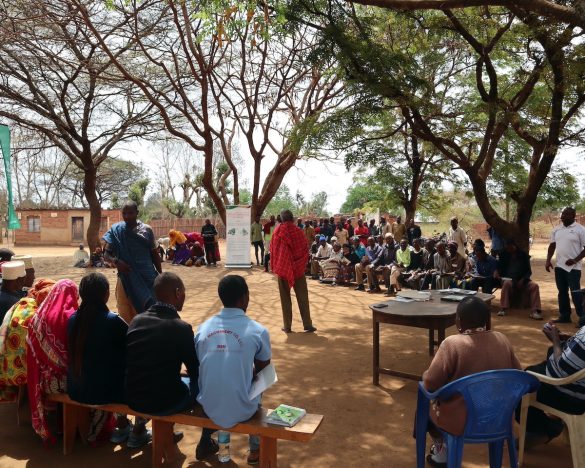Why farmers adopt sustainable intensification practices in Ghana
Warning: Trying to access array offset on value of type bool in /home/africarising/public_html/wp-content/plugins/slideshare/slideshare.php on line 162
Warning: Trying to access array offset on value of type bool in /home/africarising/public_html/wp-content/plugins/slideshare/slideshare.php on line 165
What factors influence whether farmers will adopt new sustainable intensification practices (SIPs)? And what is their impact anyway?
According to this recent study by the Africa RISING project in northern Ghana, adoption of sustainable intensification practices is influenced by several factors including the following:
- Plot size,
- Perception of soil erosion,
- Off-farm income,
- Contact with model farmer,
- Social capital,
- Per capita land size, and
- Distance from market.
The results also show that the adoption of the SIPs are interdependent and that most farmers adopt agricultural practices as a package rather than as a single technology.
It is also a case of ‘the more, the merrier’ as results from the study further indicate that the probability of lower returns is lower for farmers adopting more number of SIPs than for those who adopt less. Why? According to the scientists coordinating the study, adopting more SIPs helps a farmer exploit potential complementarity among the technologies and this is an advantage which a farmer who only adopts one technology doesn’t have.




